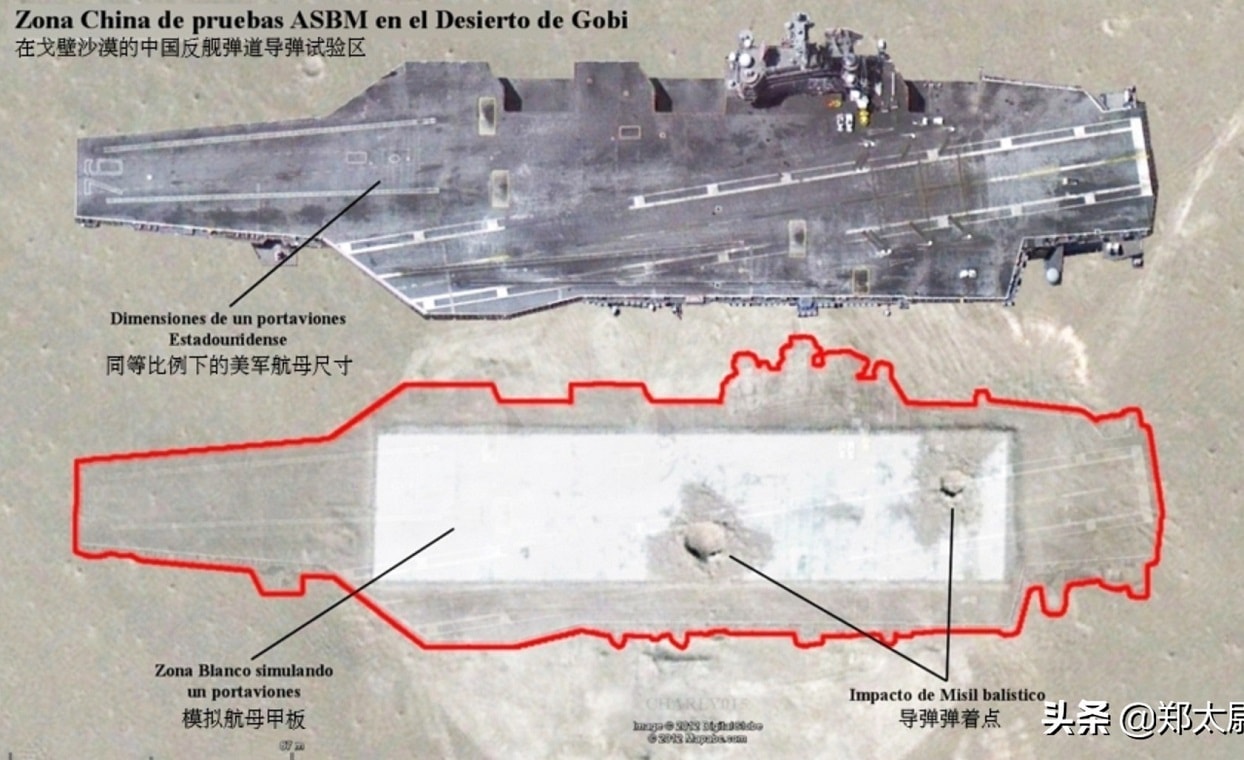U.S. House Speaker Nancy Pelosi might go to Taiwan on Aug. 2, and China is perturbed at the possibility. While Pelosi’s official itinerary does not mention Taiwan and focuses on other Asian allies such as South Korea and Japan, two sources quoted by Reuters say Taiwan is on the list. China insists there will be severe consequences if Pelosi does visit Taiwan – especially if the speaker meets with Taiwanese independence activists.
Chinese Defense Minister Zhao Lijian released a statement replete with the usual bravado and veiled threats he is known for. “We would like to tell the United States once again that China is standing by, the Chinese People’s Liberation Army will never sit idly by, and China will take resolute responses and strong countermeasures to defend its sovereignty and territorial integrity.”
What Might China Do? Thinking Through the Terrible
This rhetorical showdown raises the question of just what China is willing to do militarily against Taiwan, or even against the United States. The most likely scenario is that China would fly warplanes into Taiwan’s air defense zone during Pelosi’s visit to Taiwan. In June, the People’s Liberation Army Air Force flew 29 airplanes into Taiwan’s air zone. These flights usually feature various fighters and H-6 bombers, along with electronic-warfare airplanes, airborne command-and-control aircraft, and anti-submarine airplanes. The fighters could send a more serious message by test-firing missiles in Taiwan’s vicinity. They could even stage a small, show-of-force kinetic attack by actually dropping a small number of bombs or firing a limited number of missiles at military targets in Taiwan such as anti-aircraft systems and air bases.
In a second scenario, China might order its navy to blockade Taiwan’s critical harbors. They certainly have enough ships for such a mission, with 350 naval ships and 130 coast guard vessels, plus an assortment of fishing vessels that populate the armed maritime militia. A blockade would start with a Chinese carrier battle group securing the Taiwan Strait. The Chinese Communist Party has announced that the People’s Liberation Army Navy is already executing live fire drills near the Pingtan Islands, off Fujian province. This is the part of mainland China that sits closest to Taiwan. A blockade would allow China to cut off arms shipments to Taiwan. It could also stop and inspect imports and exports to the nation, giving a disastrous shock to Taiwan’s economy.
Next on the escalation ladder is an all-out amphibious attack to invade Taiwan. This would be the most serious possible operation – PLAAF aircraft would hit coastal military targets with missiles and bombs. Then, hundreds of ballistic missile launchers on China’s eastern shore would soften the landing zones for an invasion.
China could also use fighters and bombers to start an attack, then use ground launchers to either test-fire or actually detonate missiles on Taiwanese territory. China could then stop the hostilities right there, with its amphibious landing ships ready to go. This feint attack would still send a message to the world that China is deadly serious about the Taiwan question.
Washington’s Reaction
How would the United States respond? First, there would be a major deployment of U.S. surface vessels, comprising at least one carrier group plus submarines. U.S. ships are already in the East and South China Seas. From there, the U.S. government’s national command authority would have to decide what to do next. The White House would convene a National Security Council meeting for further consultations. If China actually attacks Taiwan kinetically, the Council would have a stark choice – either intervene, or stay back and see how serious the attack against Taiwan is. The United States would probably send weapons to Taiwan as quickly as possible, though a blockade would limit that effort. From there, rules of engagement would have to be devised so that U.S. naval leaders know how to proceed. If fired upon, the U.S. Navy would obviously respond in kind. The next step would be for U.S. President Joe Biden to contact Chinese President Xi Jinping, seek a cease-fire, and try to maintain some sort of peace between China and Taiwan.
The Likeliest Choice
The blockade option is China’s most probable recourse. It achieves many tactical and strategic objectives for Beijing. They have enough shipping to block key ports, and the United States would be less likely to intervene. A shooting war would not be necessary to bring economic ruin to Taiwan.
China could be bluffing, starting a mere war of words over Pelosi’s possible visit. Military options for China are on the table, but a full-fledged attack against Taiwan is less likely than a blockade.
U.S. options are poor, other than a show of force with one or two carrier battle groups. With so many ships and airplanes in the region, accidents or miscalculations could lead to shots fired. This could spark a wider war. Hopefully China will refrain from the blockade or other provocations, and the United States can continue to guarantee freedom of navigation in the Indo-Pacific without having to resort to force.
Now serving as 1945’s Defense and National Security Editor, Brent M. Eastwood, PhD, is the author of Humans, Machines, and Data: Future Trends in Warfare. He is an Emerging Threats expert and former U.S. Army Infantry officer. You can follow him on Twitter @BMEastwood.

